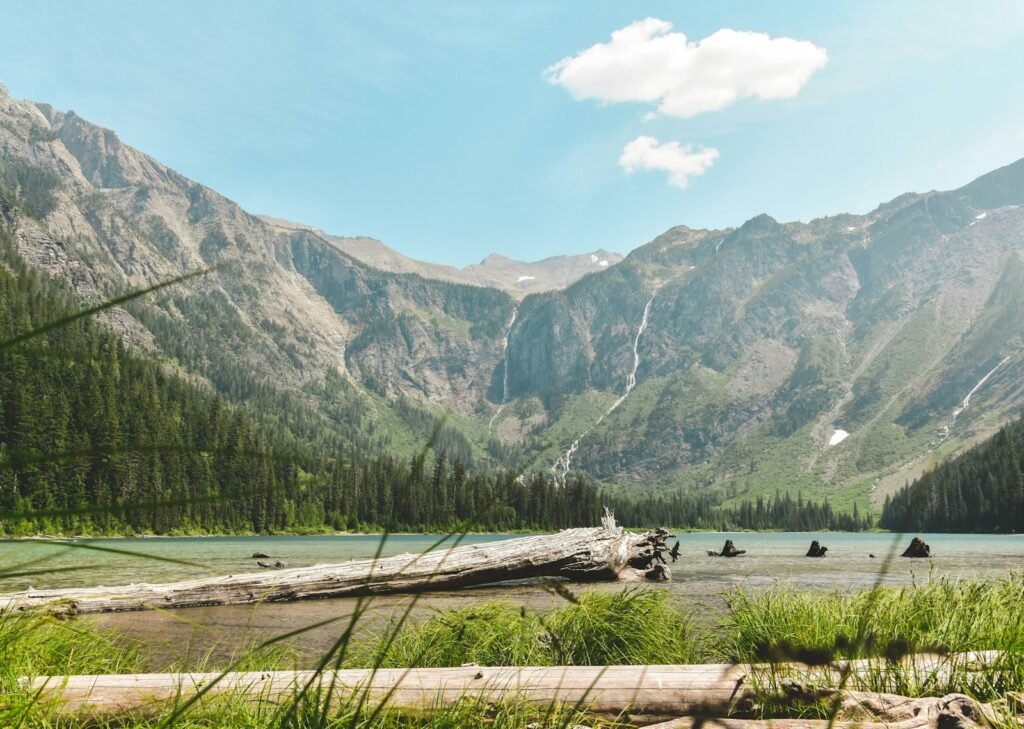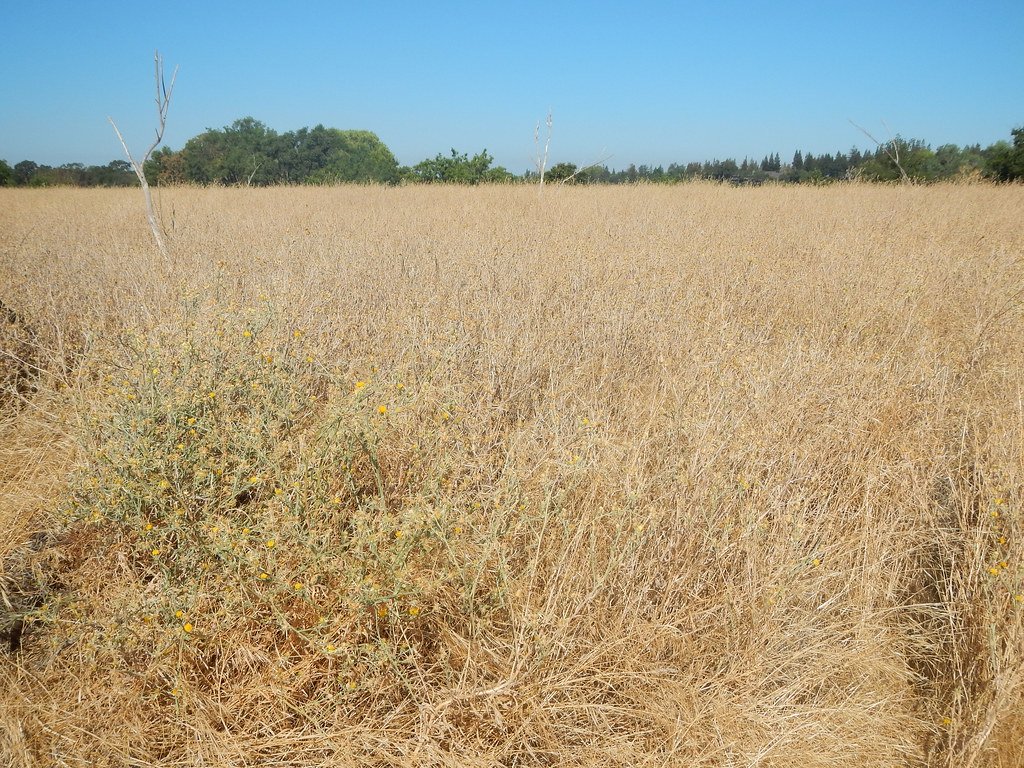Montana’s wild heart beats to the footfalls, wingbeats, and river-glints of animals that feel both timeless and urgently modern. From the northern Rockies to windswept prairies, scientists and communities are racing to understand how these species endure in a century of rapid change. The mystery is not whether wildlife can adapt – they always have – but whether our roads, fences, and hotter summers will leave them room to try. Emerging tools are revealing hidden migrations and family lineages, yet the data raises new questions about how much space truly counts as “wild.” The stakes are not abstract: what happens on these ranges decides whether future generations experience the same surge of awe that defines a Montana dawn.
The Hidden Clues
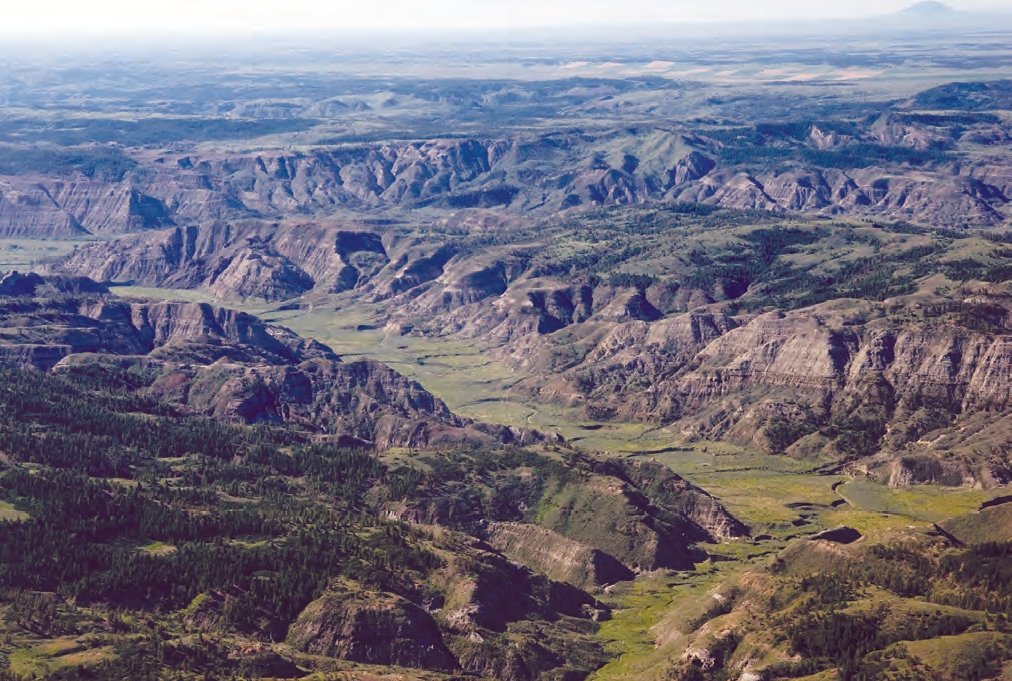
What if the best wildlife stories leave almost no trace – just a pressed track in dust or a ripple of silence in the trees? Field biologists read those faint signatures the way meteorologists read clouds, translating scat chemistry, hair snares, and snow tracks into hard numbers. Camera traps fill in the nocturnal chapters, catching elk herds slipping through moonlit meadows and a lone wolverine trotting a wind-scoured ridge. Together, these quiet clues form a map of relationships, showing who eats what, who crosses where, and who never meets because a highway carved their range in two.
I once waited in a frost-thin dawn beside the Madison River and realized the biggest sign was absence; the elk had shifted their route after early-season pressure. That moment felt like eavesdropping on a whispered plan, and it mirrors what GPS collars and genetics confirm: wildlife decisions are subtle, responsive, and often invisible in real time. Our job is to notice, then act before the path closes.
Grizzlies on the Move
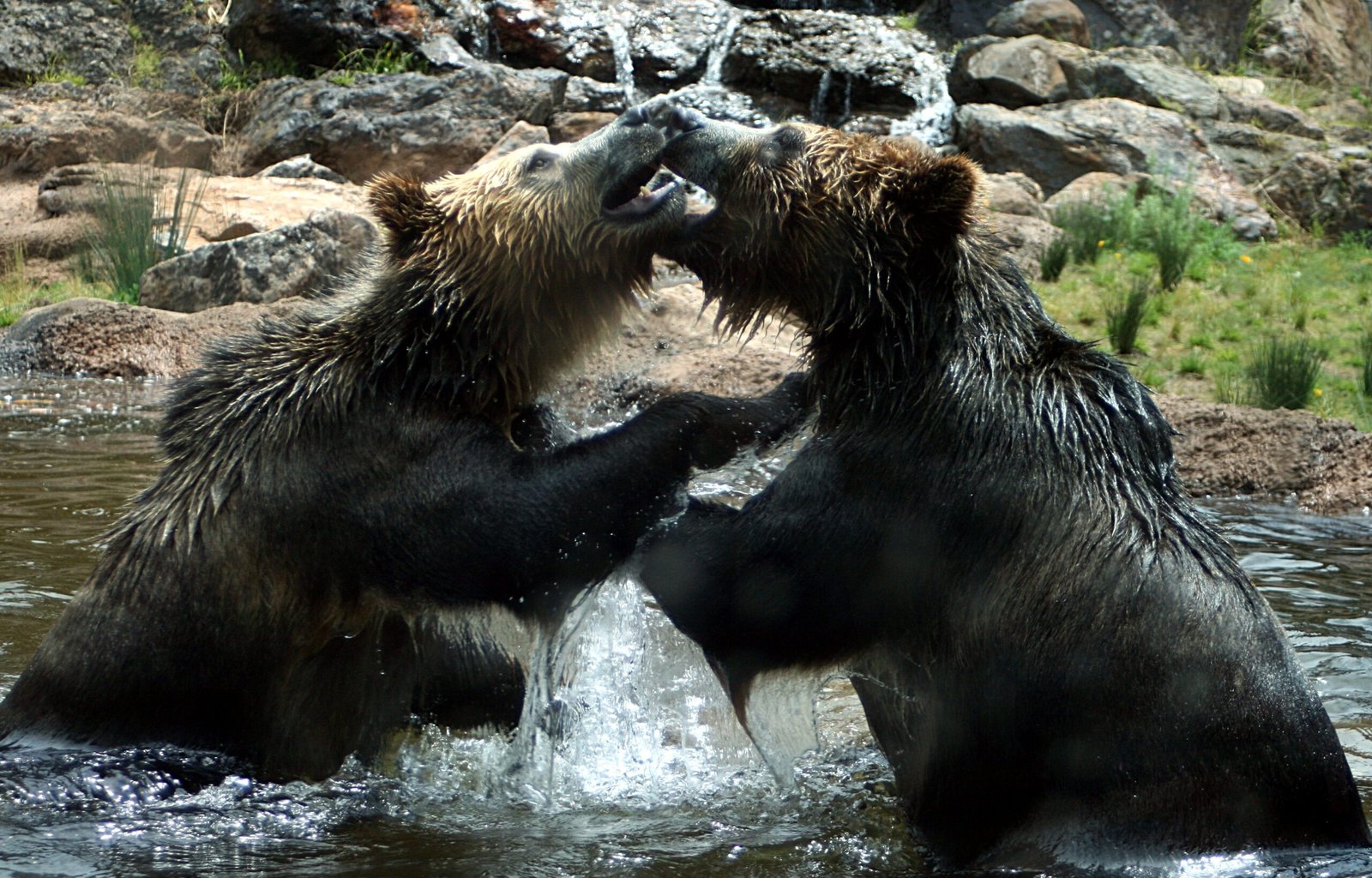
Grizzly bears symbolize Montana’s rugged core, yet their story today is not just about survival – it’s about movement. Biologists track bears expanding from mountain strongholds into prairie edges, following food pulses from berry slopes to river bottoms. Genetics work shows distant relatives reconnecting across ranges, a sign that corridors are functioning when ranch fences and subdivision lights allow. Late frost, wildfire, and shifting snowpack can scramble berry crops and alter denning timing, nudging bears toward conflict zones.
Managers respond with electric fencing for attractants, carcass pickup programs, and community education that turns potential flashpoints into coexistence case studies. The science remains clear and practical: keep food unavailable, space connected, and people informed, and bears can keep writing their long story across the map.
Elk Migrations at the Edge
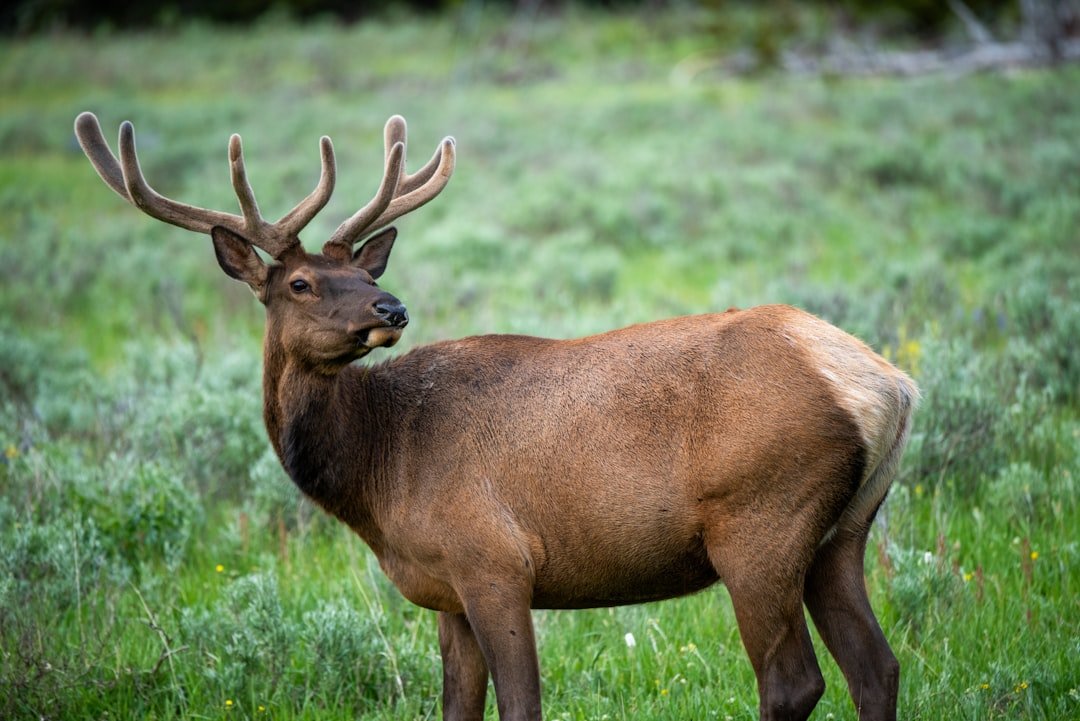
Elk define entire seasons here, tracing ancestral routes that braid high basins with valley grass. GPS studies reveal paths as precise as train schedules, yet a single new fence or busy roadway can slow a century-old line to a hesitant stop. Researchers are mapping bottlenecks where herds squeeze through narrow passes, pairing that knowledge with wildlife overpasses and removable fence wires timed to migrations. Calving grounds – quiet, wind-sheltered, and often overlooked – anchor the cycle like punctuation.
Hunters, outfitters, and biologists, sometimes at odds, increasingly agree on one point: keep the routes open and everything else gets easier. Habitat deals that stitch together ranchlands and public parcels are the practical magic, turning maps into movement.
Wolves: Science and Coexistence
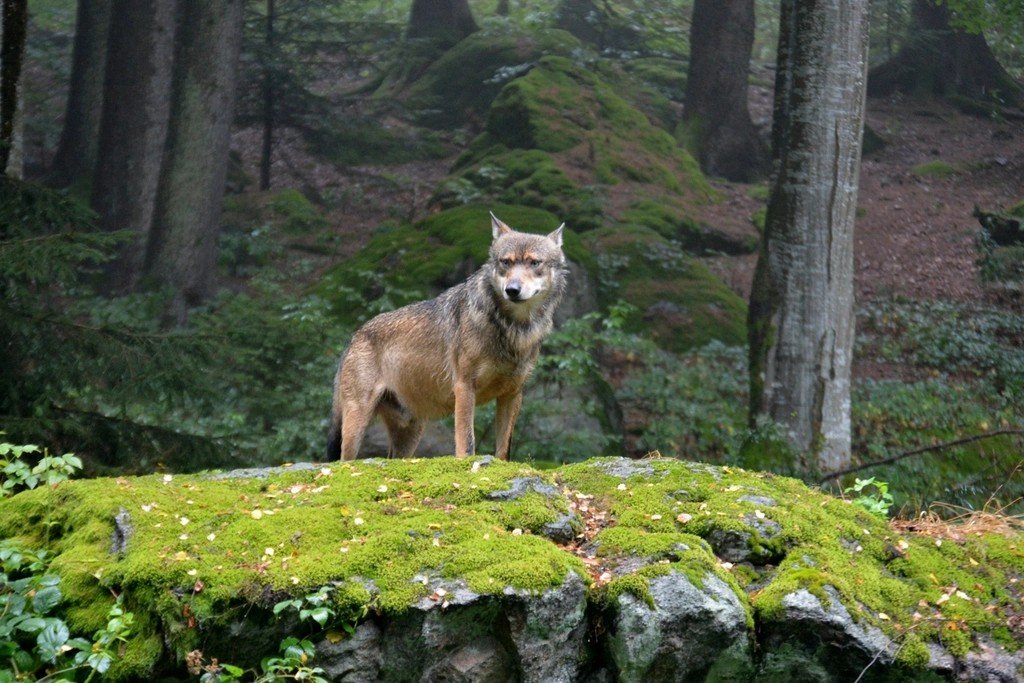
Wolves ignite debate because they force us to revisit old assumptions about prey, predators, and the meaning of wild. Decades of monitoring show packs adapting to human presence, shifting territories, and exploring edges where livestock and elk occupy the same ground. Nonlethal tools – range riders, fladry lines, and targeted hazing – can defuse tension, especially when paired with quick response protocols. Diet studies reveal flexibility: wolves key in on available prey, which changes with weather, snow depth, and herd movements.
What matters for policy is boring but vital detail: timely compensation, clear thresholds for action, and consistent rules that communities trust. The result is not peace in every pasture, but a playbook that keeps science and livelihoods on speaking terms.
Bison and Prairie Memory
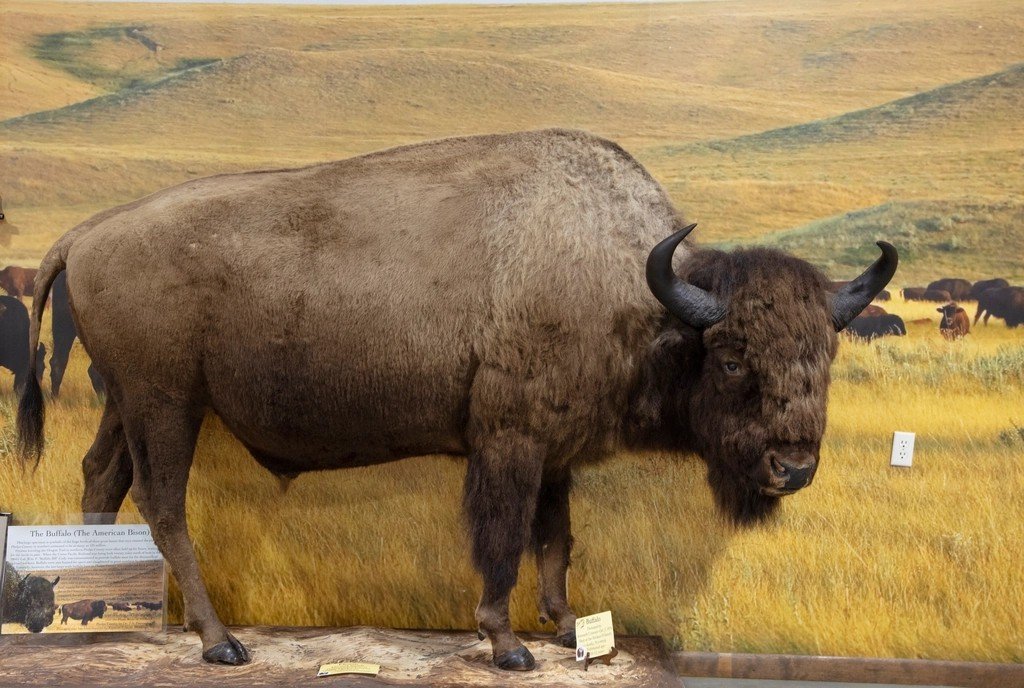
On Montana’s prairie, bison are more than animals; they’re an ecological memory restored to living form. Their hooves aerate soil, their grazing creates a mosaic of plant heights, and their wallows pool water for insects and birds. Where bison return, pronghorn and grassland birds often follow, benefiting from the shifting patchwork of forage and cover. Genetic management matters too, because maintaining wild traits and disease controls shapes the long arc of restoration.
The story is also social: tribal nations lead groundbreaking reintroductions that blend cultural renewal with landscape health. Each new herd is both a scientific win and a reclaiming of history, and it changes how children learn to see the prairie – as a place with weight, movement, and a future.
High-Country Specialists: Wolverine and Lynx
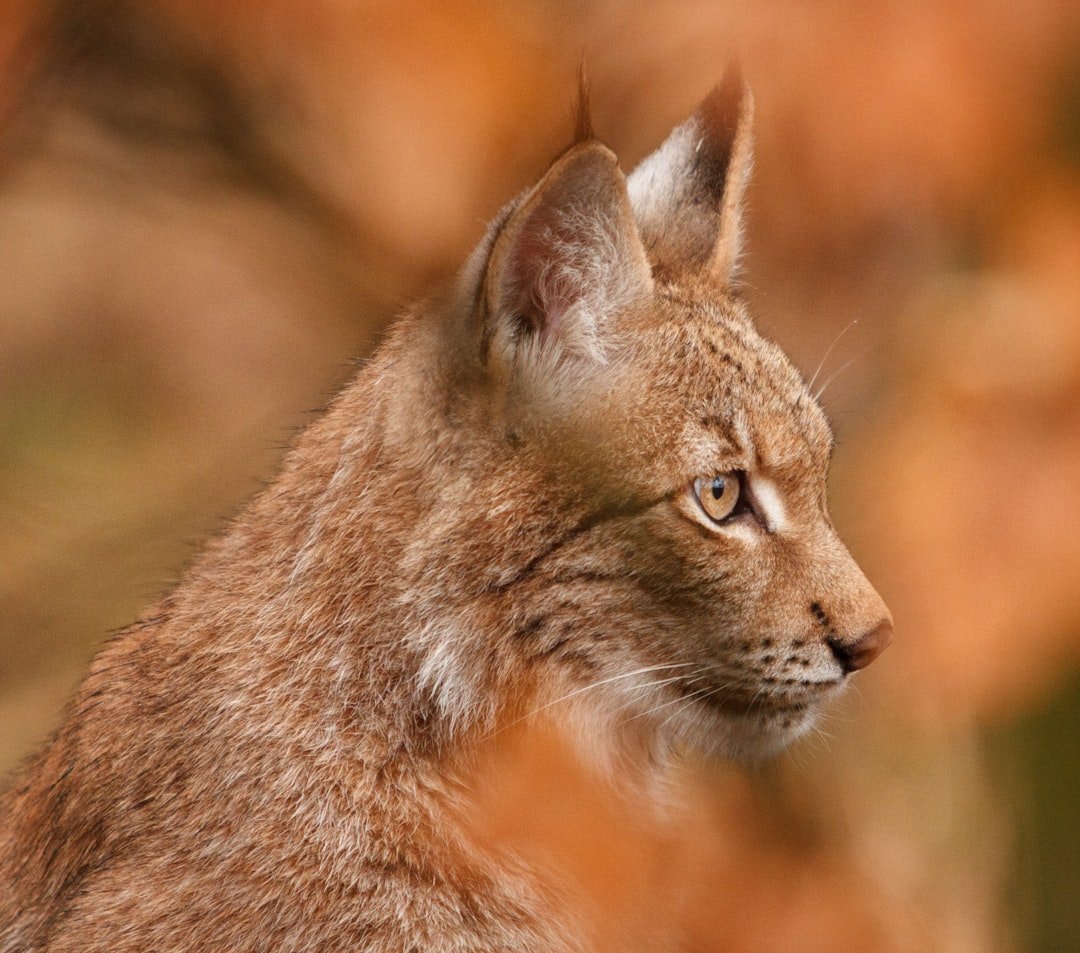
Wolverines and Canada lynx are the mountain’s secret agents, thriving where cold hangs on and snow lingers deep into spring. Wolverines need vast territories and late-season snow for denning; lynx rely on dense spruce-fir and the rise-and-fall of snowshoe hares. Climate warming chisels at those needs, shrinking reliable snowpack and pushing suitable habitat upslope like a receding tide. Long-term monitoring blends track surveys, scat genetics, and alpine camera grids to track these rare, wide-ranging hunters.
Connectivity is the hinge: small, isolated pockets can fade even when local habitat looks fine. That’s why ridge-to-ridge corridors, cautious winter recreation planning, and cross-border research networks are not luxuries – they’re the price of keeping alpine life intact.
River Royals: Native Trout and Their Cold Future
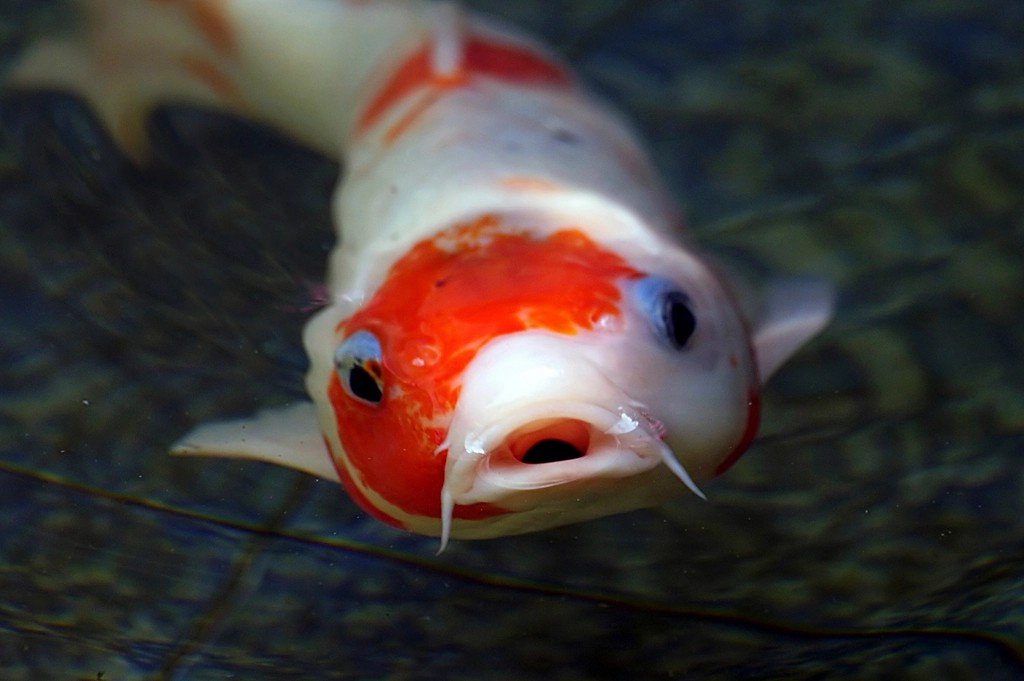
Cutthroat and bull trout rule Montana’s cold, clean waters, and their crowns depend on temperature and flow. Warmer summers and earlier runoff can tip streams past thresholds these fish tolerate, letting invasive species gain the upper fin. Biologists respond with barrier projects, selective removals of non-native fish, and riparian restoration that shades channels like a living umbrella. Groundwater-fed side channels act as summer refuges, proving that tiny places can carry big conservation weight.
Anglers become data gatherers through voluntary creel surveys and temperature loggers tucked beneath willows. When science and stewardship line up, river maps shift from red flags to blue pulses, and native trout keep the story cold.
Skyward Icons: Eagles and Swans Over Open Water
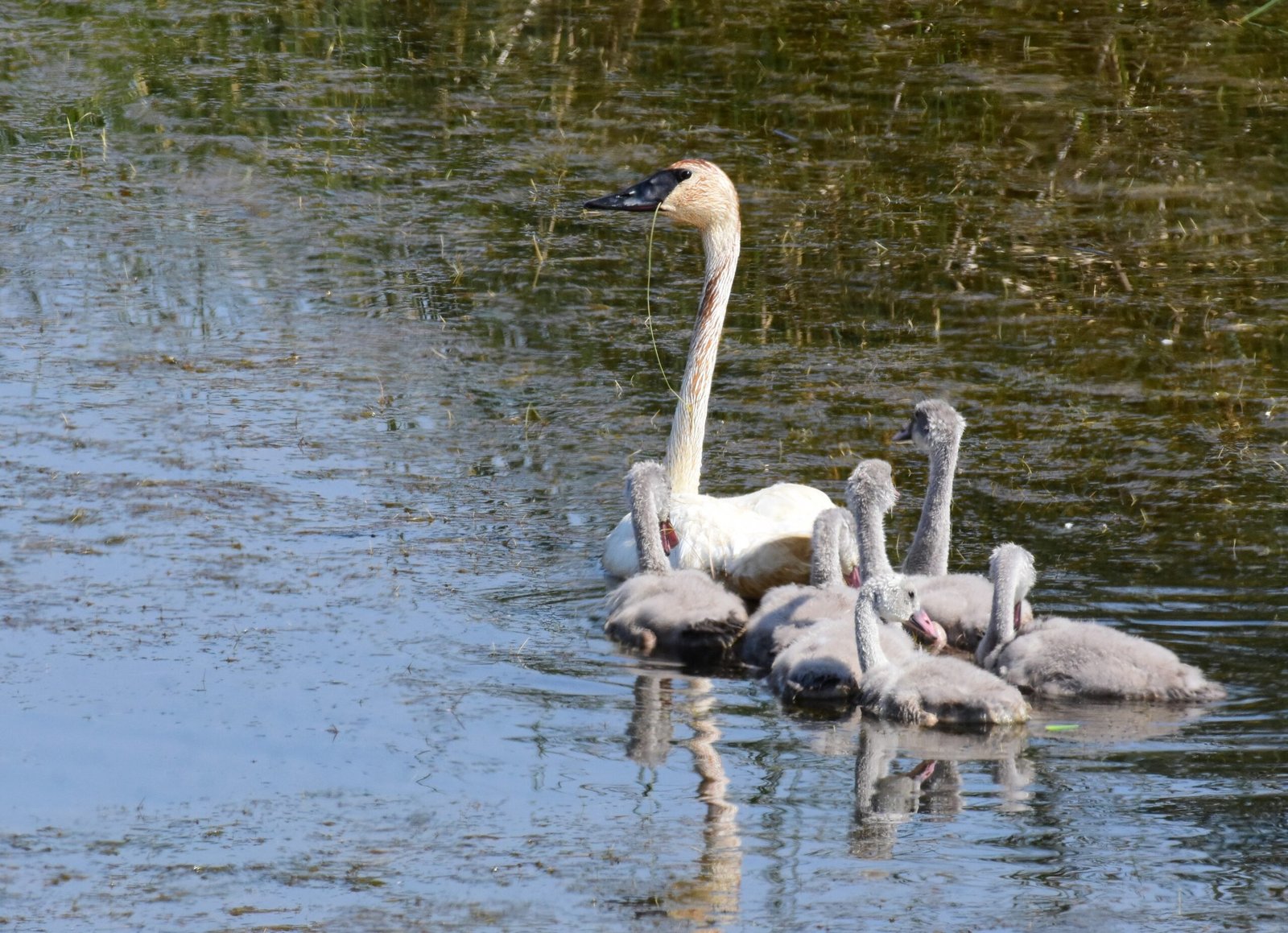
Bald eagles and trumpeter swans give the state its sky-borne punctuation, turning river bends into scenes you feel in your ribs. Both depend on open water in winter, safe nesting sites, and food webs that start with clean headwaters. Lead fragments in carrion and fishing tackle pose risks that simple changes – non-lead ammo, non-toxic gear – can drastically reduce. Wind development and power lines require careful siting and marker technology to keep migrations safe.
Success here is visible: more nests fledging, more winter counts steady or rising, and more communities proud of the raptors overhead. When the water stays open and the food chain stays honest, wings do the rest.
Why It Matters
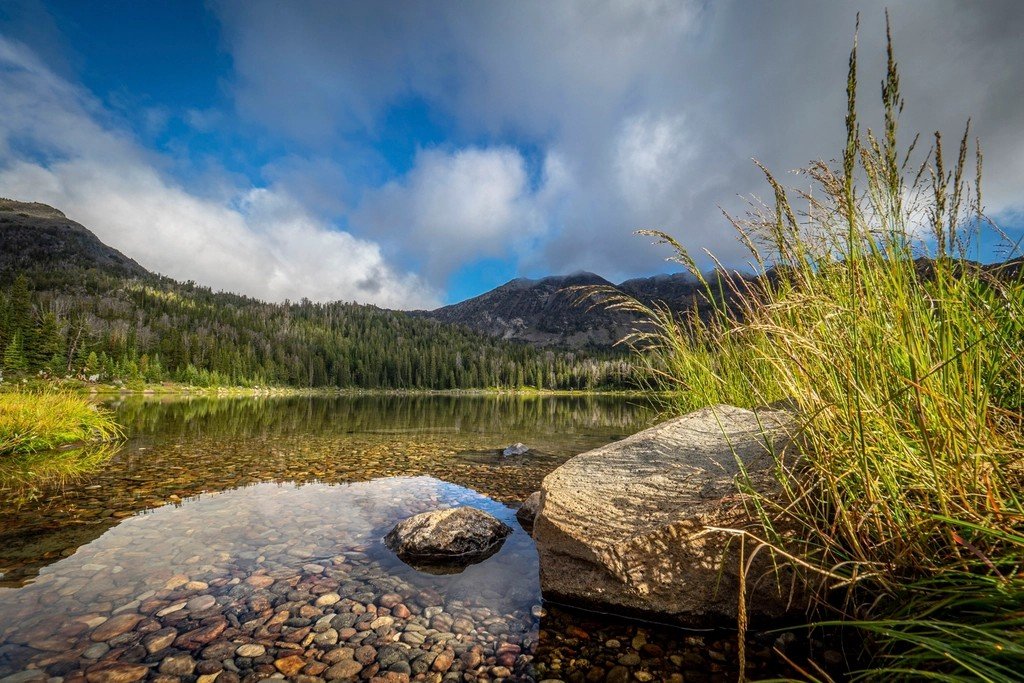
These species are not isolated marvels; they’re gears in a living machine that shapes water quality, vegetation patterns, and even how fire behaves. Compared with past conservation that focused on single refuges, today’s science shows movement is the real refuge, and connectivity is the currency. Corridors lower collision risks, stabilize genetics, and help animals track shifting climates the way hikers follow shade. Economically, healthy wildlife underpins guiding, tourism, and local businesses that rely on resilient landscapes.
The human dividend runs deeper: encounters with wildness change behavior, from how we drive at dusk to what we plant along a stream. When Montana’s icons thrive, they pull our choices toward care, and that feedback loop benefits towns as surely as it benefits elk calves.
The Future Landscape
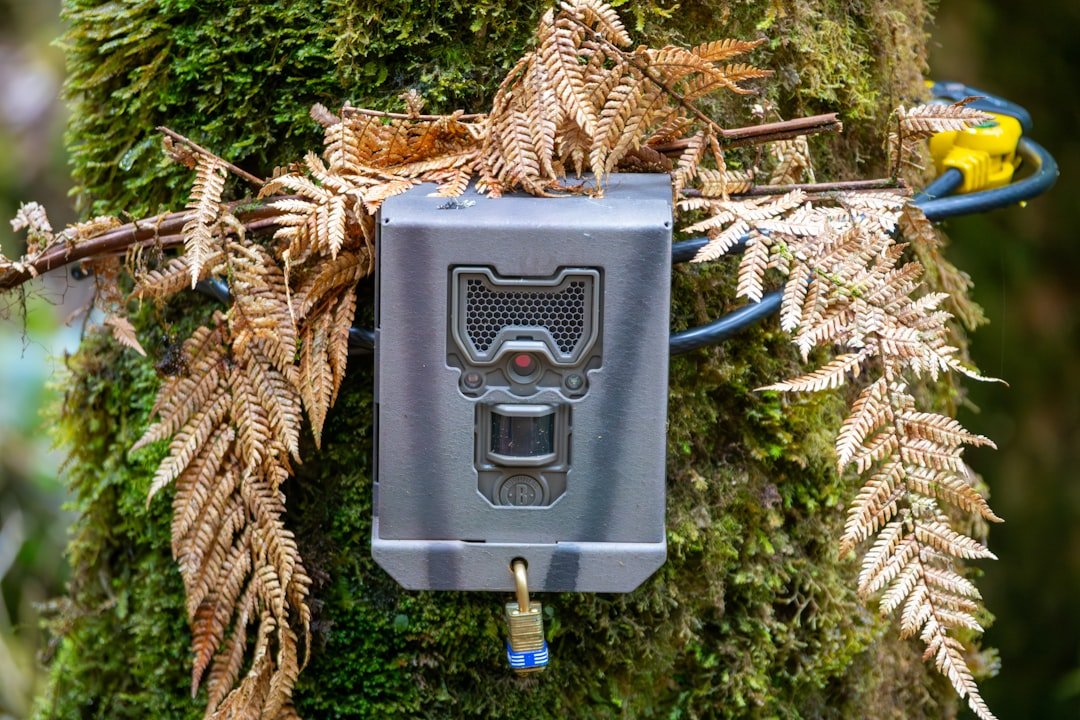
Tomorrow’s tools are already field-tested: AI-assisted camera sorting, lightweight GPS tags, and eDNA sampling that detects species from a vial of creek water. Add satellite fire forecasts and seasonal snow models, and managers can anticipate crunch points before they break. The hard part is not the tech – it’s aligning landownerships, policies, and funding so successful pilots scale across county lines. Climate surprises will keep coming, and plans must flex, like fences lowered for an April migration then raised when calves can jump.
Montana can lead by committing to continent-level thinking: mountain-to-prairie corridors, river systems managed for cold water, and community programs that reward coexistence. If we stitch the map now, future generations inherit a quilt that still warms.
How You Can Help
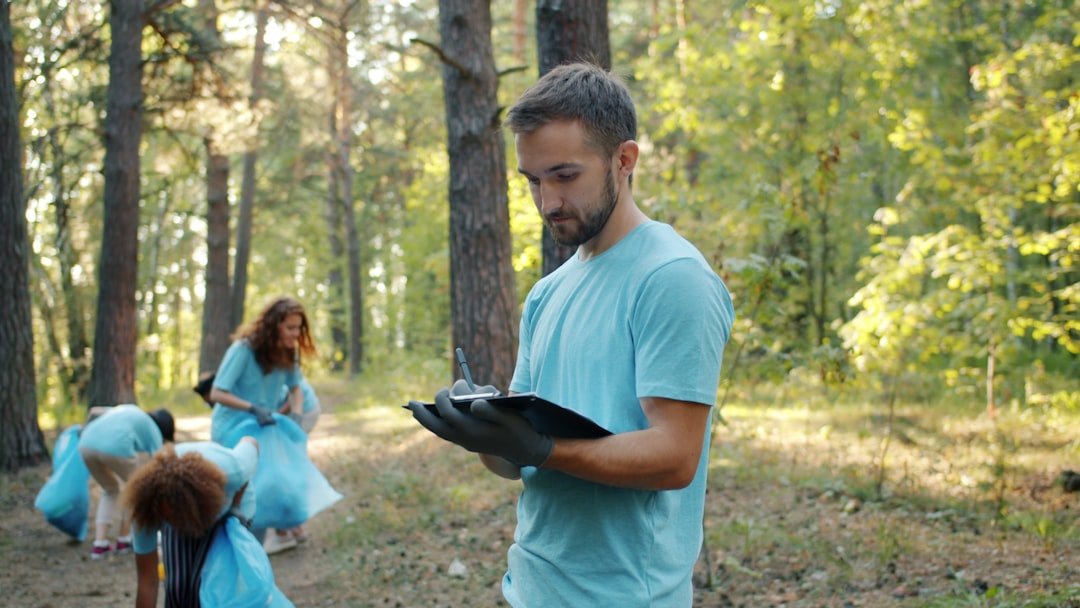
Small actions stack up. Switch to non-lead tackle and ammunition, slow down on dusk highways, and give carcasses and bear attractants a wide berth. Support land trusts, tribal-led bison projects, and local watershed groups that turn donations into acres protected and streams shaded. Volunteer for community science – report tracks, place temperature loggers with a mentor, or help a fence-modification crew clear a migration pinch-point.
Talk to neighbors about coexistence tools that save calves and carnivores, and make room in your calendar for one dawn walk where you just listen. The next footprint you notice might be the start of a story that outlives you – did you expect that?

Suhail Ahmed is a passionate digital professional and nature enthusiast with over 8 years of experience in content strategy, SEO, web development, and digital operations. Alongside his freelance journey, Suhail actively contributes to nature and wildlife platforms like Discover Wildlife, where he channels his curiosity for the planet into engaging, educational storytelling.
With a strong background in managing digital ecosystems — from ecommerce stores and WordPress websites to social media and automation — Suhail merges technical precision with creative insight. His content reflects a rare balance: SEO-friendly yet deeply human, data-informed yet emotionally resonant.
Driven by a love for discovery and storytelling, Suhail believes in using digital platforms to amplify causes that matter — especially those protecting Earth’s biodiversity and inspiring sustainable living. Whether he’s managing online projects or crafting wildlife content, his goal remains the same: to inform, inspire, and leave a positive digital footprint.

